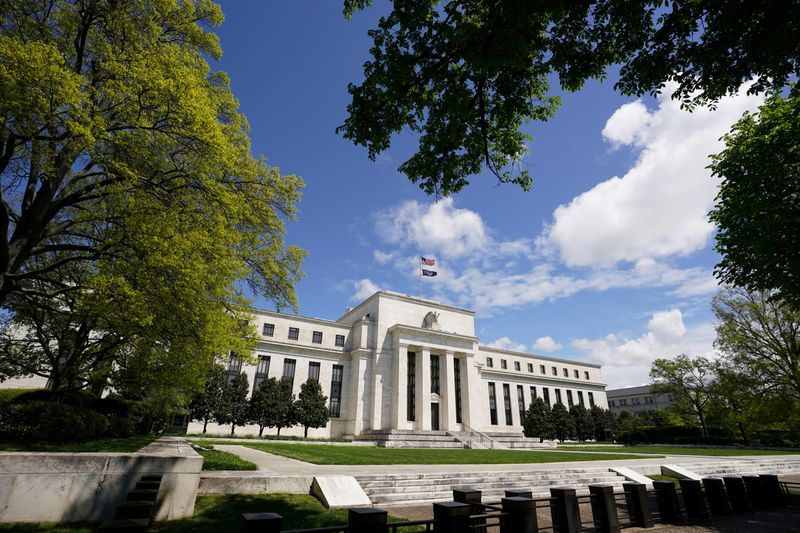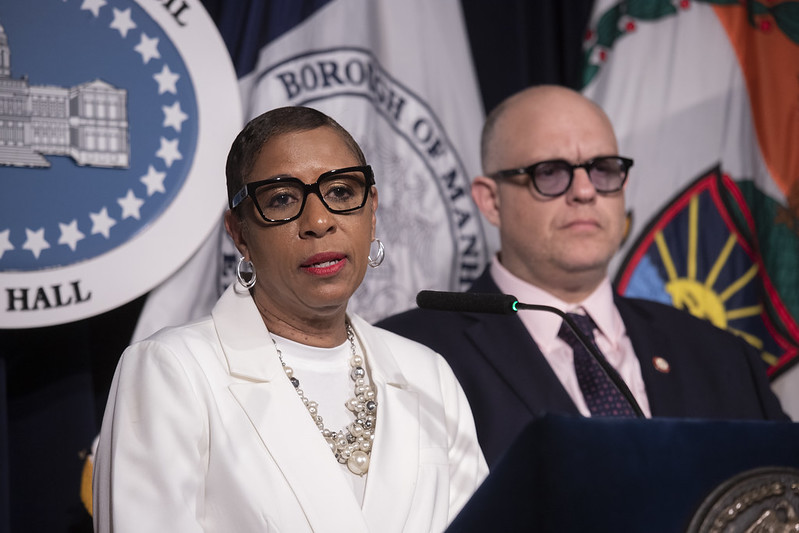WASHINGTON, December 17 (Reuters) – The Federal Reserve’s bank stress tests have been significantly different in 2020, thanks to regulatory changes and the dramatic economic turmoil brought on by coronavirus pandemic.
Since the decade-ago financial crisis, the Fed has run one set of tests annually, but on Friday it will reveal the results of its second test this year. Here’s how the annual exam of bank health have changed.
‘SENSITIVITY ANALYSES’
Originally, the Fed planned to test bank capital plans against a hypothetical economic downturn it published in February. The coronavirus outbreak upended those plans, as the economic hit caused by widespread lockdowns quickly dwarfed the downturn envisioned by the test.
So in May, the Fed added “sensitivity analyses” to the test to capture “current economic conditions.” Those results, which were released in two stages in June and then August, found that banks could weather heavy capital losses should the economic fallout from the coronavirus pandemic drag on.
The Fed also said in June it would run a second set of tests at the end of the year, given the severity of the economic slump. In September, it revealed that the test would comprise two hypothetical recessions — a severe but short-lived decline and a more moderate, but longer-lasting downturn.
NO MORE ‘PASS/FAIL’
Previously, the Fed would pass a bank’s capital plan, or reject it and order fixes. The high drama of the public fail meant a lot of angst for bank executives, wary of an investor backlash. Fed officials too had expressed a desire to devise a less volatile way to shape bank capital plans.
So, for the first time, the Fed this year scrapped the pass/fail, and adopted a more nuanced approach.
NEW ‘STRESS CAPITAL BUFFER’
That new approach is called a “stress capital buffer,” meant to combine existing capital requirements with each bank’s stress test results. Instead of passing or failing, each bank is told how much capital they will have to hold in addition to the minimum buffers dictated by the test.
The Fed released those customized capital plans in August for implementation by October. [L1N2FC0FT]
DIVIDEND PRESSURE
Another complication this year is the political pressure the Fed has been under to curtail bank dividends and share buybacks.
Earlier in the year, Fed Vice Chairman Randal Quarles was pressed by Democrats in Congress to order banks to hold onto that capital rather than give it to investors.
In June, the Fed ordered banks to cap dividends and bar share repurchases through year end to ensure lenders have sufficient cushions. Friday’s results will dictate whether those curbs continue into 2021.
(Reporting by Pete Schroeder; editing by Edward Tobin and Alexandra Hudson)



















